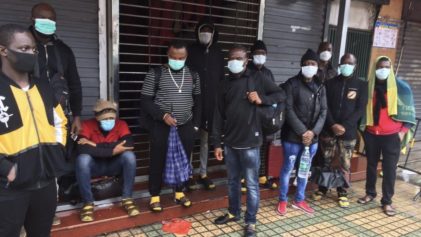Freetown — Ten years since the end of Sierra Leone’s civil war (1991-2002), the country’s image is being transformed both at home and abroad. No longer the site of brutal exploitative conflict, it is now one of the fastest growing economies in the world and a nation recognised by the UN as an “evolving model country for overcoming old divisions and [one] developing into a peaceful, democratic, and prosperous country”.
Nevertheless, below the surface of this rapid growth, Sierra Leone continues to be fraught with numerous serious and pressing social problems, not least in terms of health. As well as the direct impact on the population, healthcare could have long-term effects on the country’s economic development and, in the short-term political environment, be an important issue when Sierra Leone goes to the ballot box this November.
Progress with problems
President Ernest Bai Koroma has made significant progress in a country that boasts an unfortunate history of 17 years of one-party rule, 13 military coups and 11 years of civil war. Some recent achievements of his government include the Bumbuna hydroelectric dam, new roads between major towns, large-scale mining projects, a new railway line, and smallholder commercialisation programmes in agriculture.
But these developments have not always been seamlessly successful. The Bumbuna dam, for example, provides 50 megawatts of electricity at full capacity, only half of which the country’s national grid can cope with in its current state. Similarly, much of the country’s copious arable and fertile land and water remain unused and neglected.
Furthermore, Sierra Leone’s iron ore mining projects, while fattening the public purse, do not appear to be delivering the level of benefits originally envisaged. And road networks, despite improvements, are still highly inadequate, effectively cutting off hundreds of thousands of rural Sierra Leoneans from the country’s major markets, and more importantly, its health facilities.
Resource curse
Sierra Leone’s economy appears to be steaming ahead at full speed, with the country forecast to be the fastest growing in the world this year. But this rise is being driven by the inflation of one dominant industry while everyday economic realities remain less optimistic.
Despite many years of mineral extraction, many people still find themselves living in conditions similar to those seen before the resource boom, and children continue to die of malnourishment and treatable diseases. The civil war caused huge disruptions and, a decade on, large swathes of the population still lack access to the most basic healthcare. Consequently, life expectancy in Sierra Leone is half that of the developed world and, at 192 deaths per 1,000 live births…
Read more: All Africa


